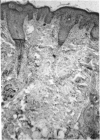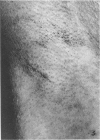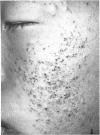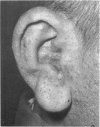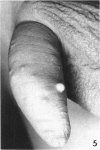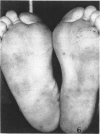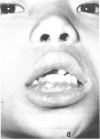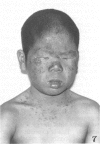Abstract
An outbreak of poisoning caused by ingestion of rice bran oil which was accidentally contaminated with polychlorinated biphenyls (PCBs) broke out in Taiwan in February 1979. Diagnosis, management, and follow-up of the patients were performed at special clinics, and subjective symptoms and cutaneous changes such as peculiar acneform eruptions and pigmentation were recorded. The patients were divided into six age groups of both essex, and the body surface of the patients was divided into 12 sections according to the nature of skin. The prevalence of each type of cutaneous change was proved statistically by the chi-square test. The examination of the immune system function in the patients at 1 year revealed: decreased concentration of IgM and IgA but not of IgG; decreased percentage of total T-cells, active T-cells, and helper T-cells, normal percentage of B-cells and suppressor T-cells; suppression of delayed type response to recalling antigens; enhancement of lymphocyte spontaneous proliferation; and enhancement of lymphocyte proliferation with PHA, PWM, and PPD stimulation but not ConA. Follow-up studies 3 years later showed decreased blood PCB levels; some improvement of subjective symptoms and cutaneous changes; recovery of skin testing response to PPD; normal percentage of total T-cells and increased percentage of suppressor T-cells; and enhancement of lymphocyte proliferation spontaneously or under the stimulation of various mitogens.
Full text
PDF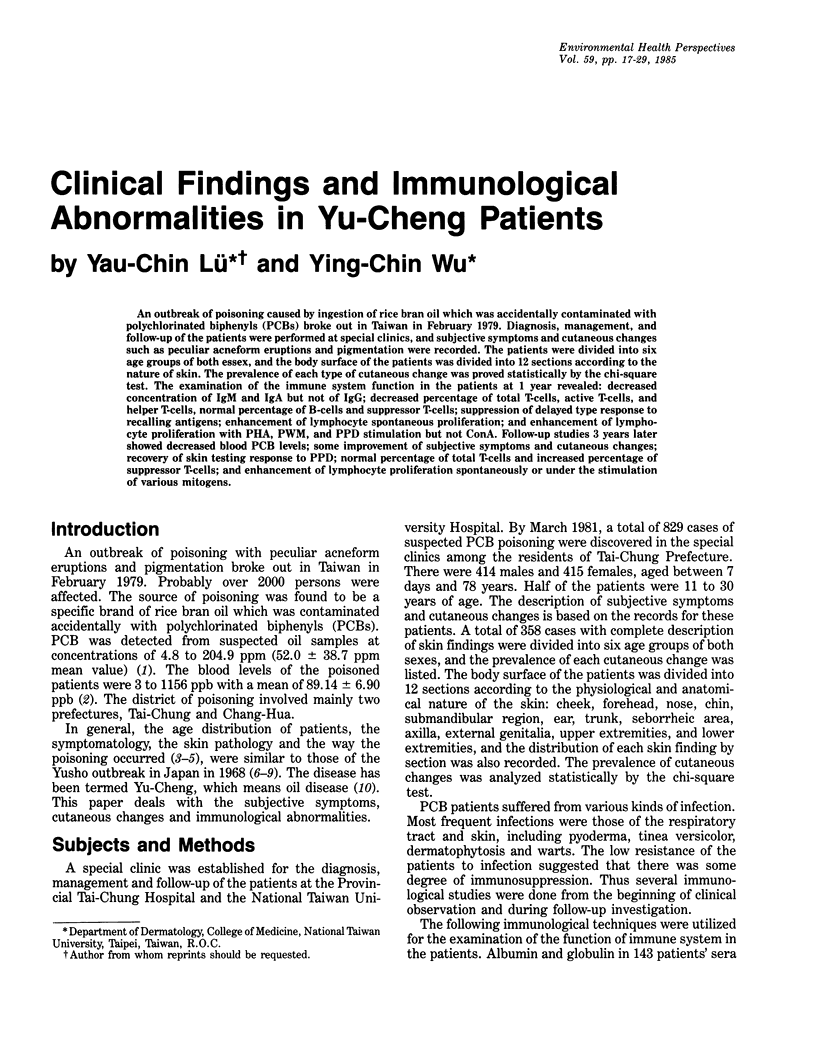
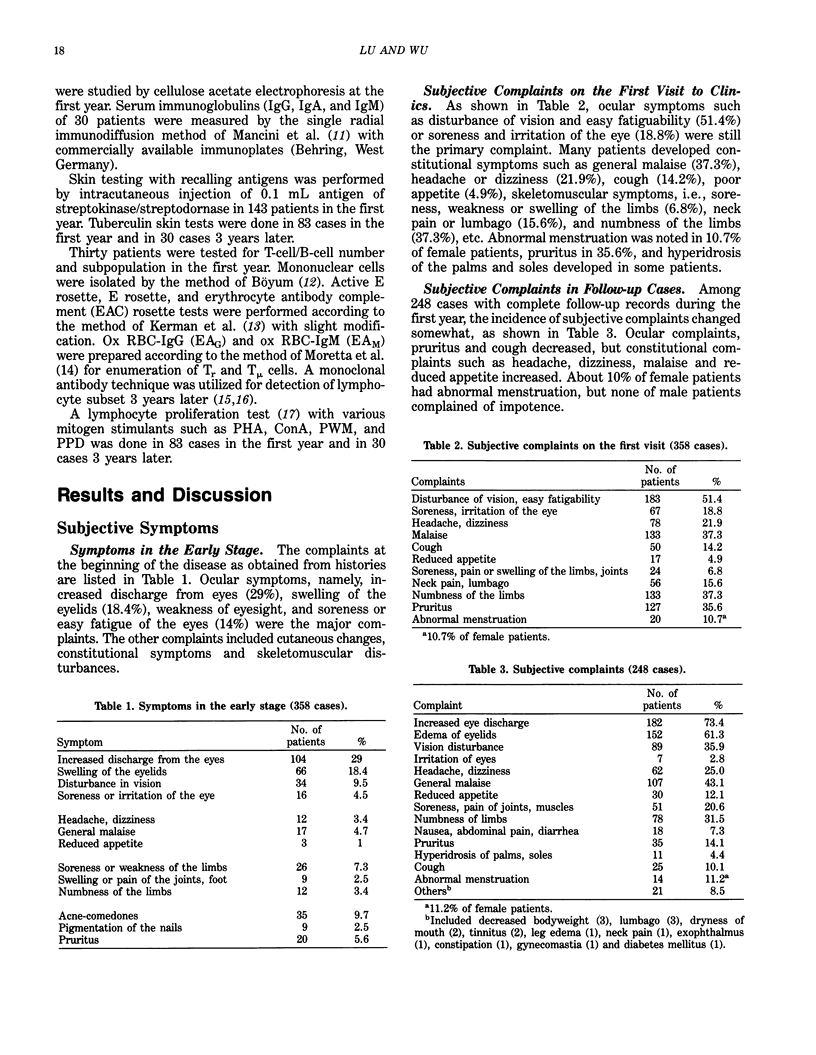
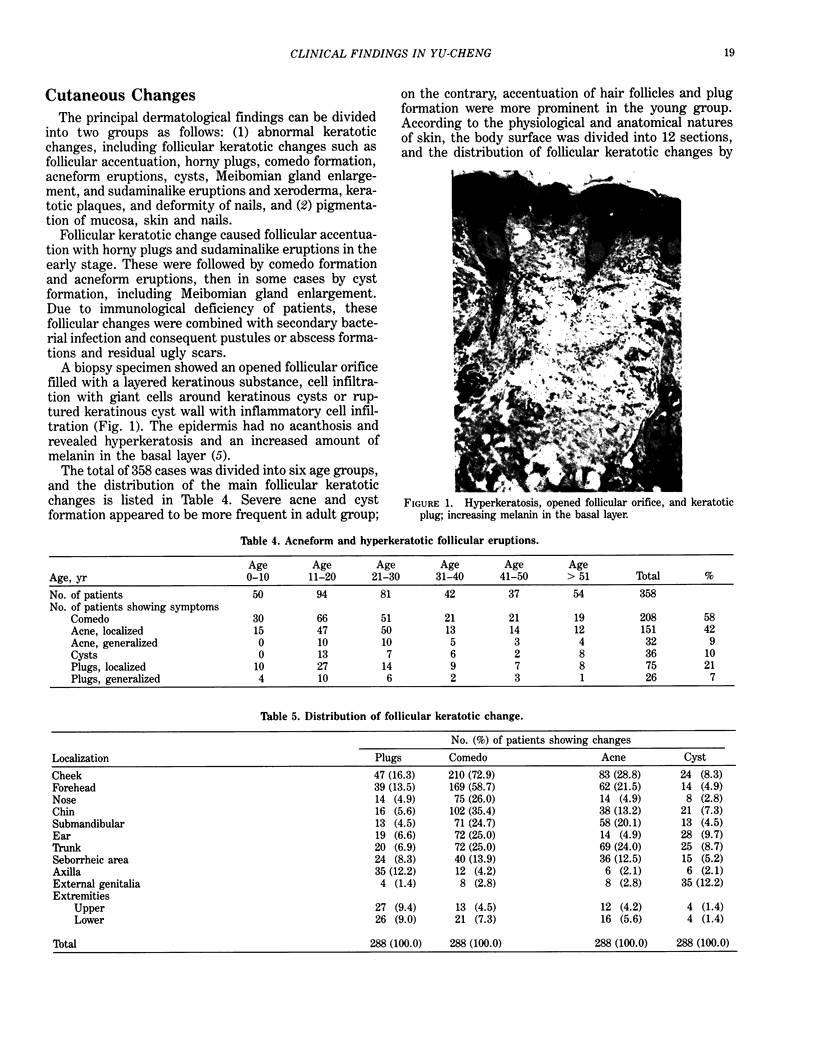
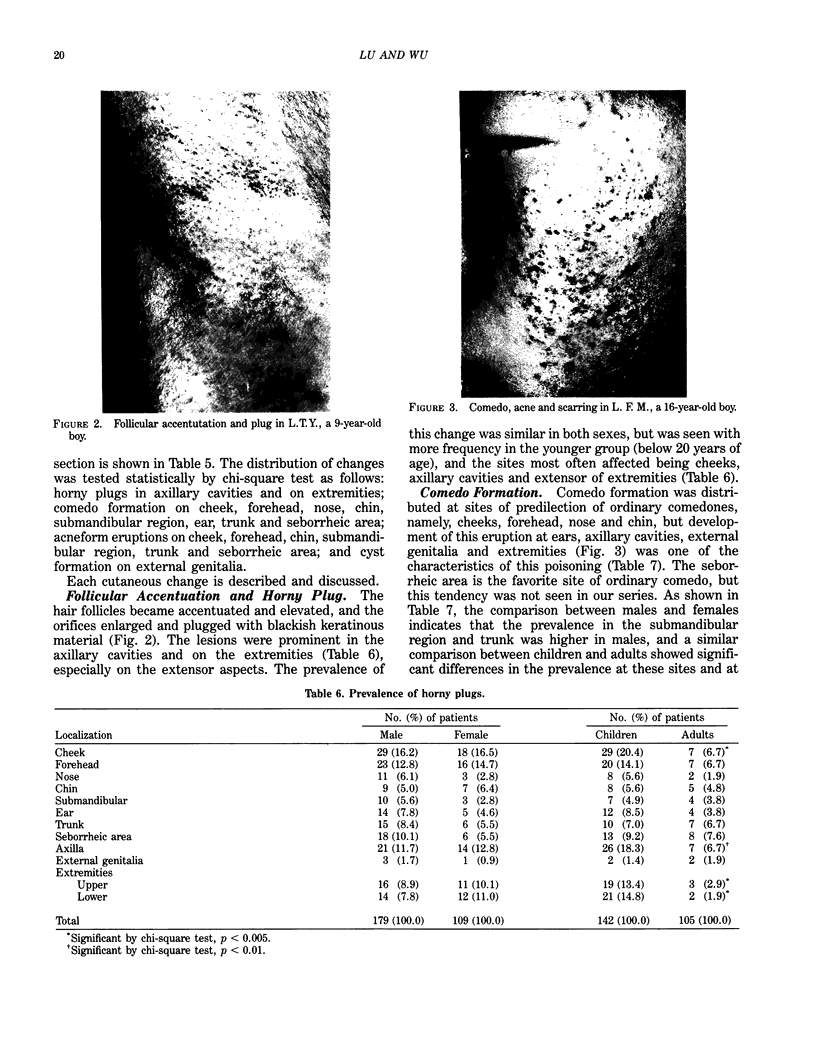
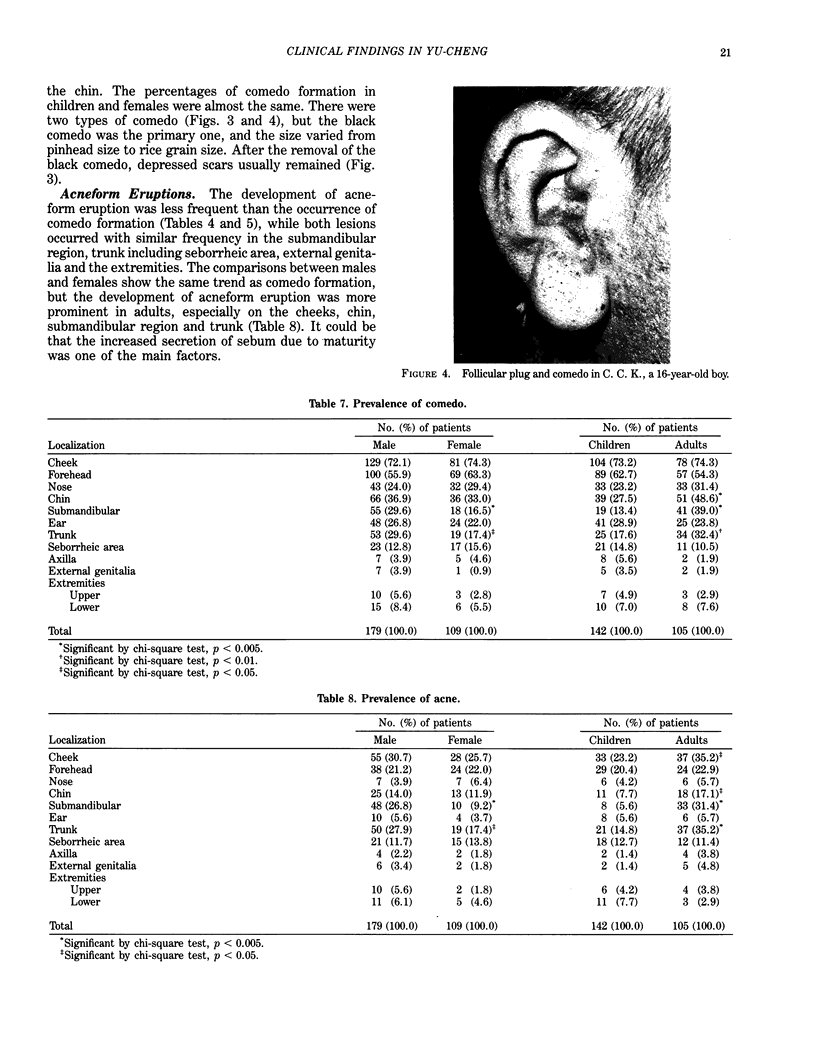
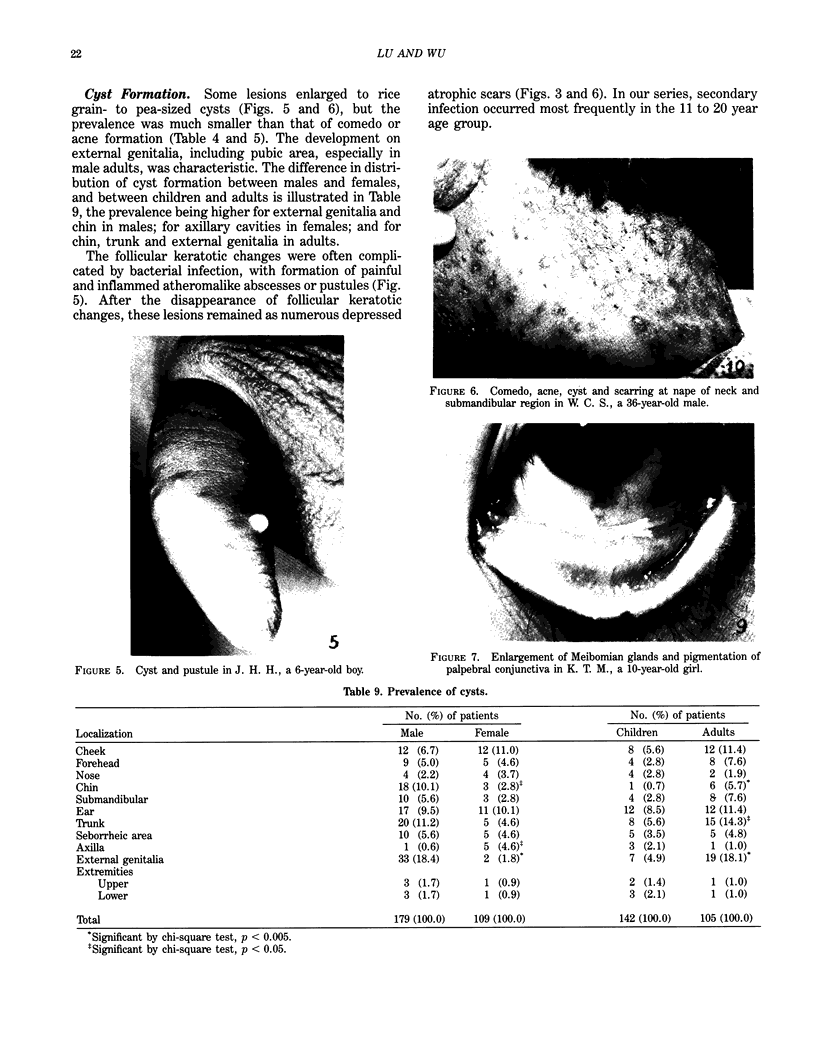
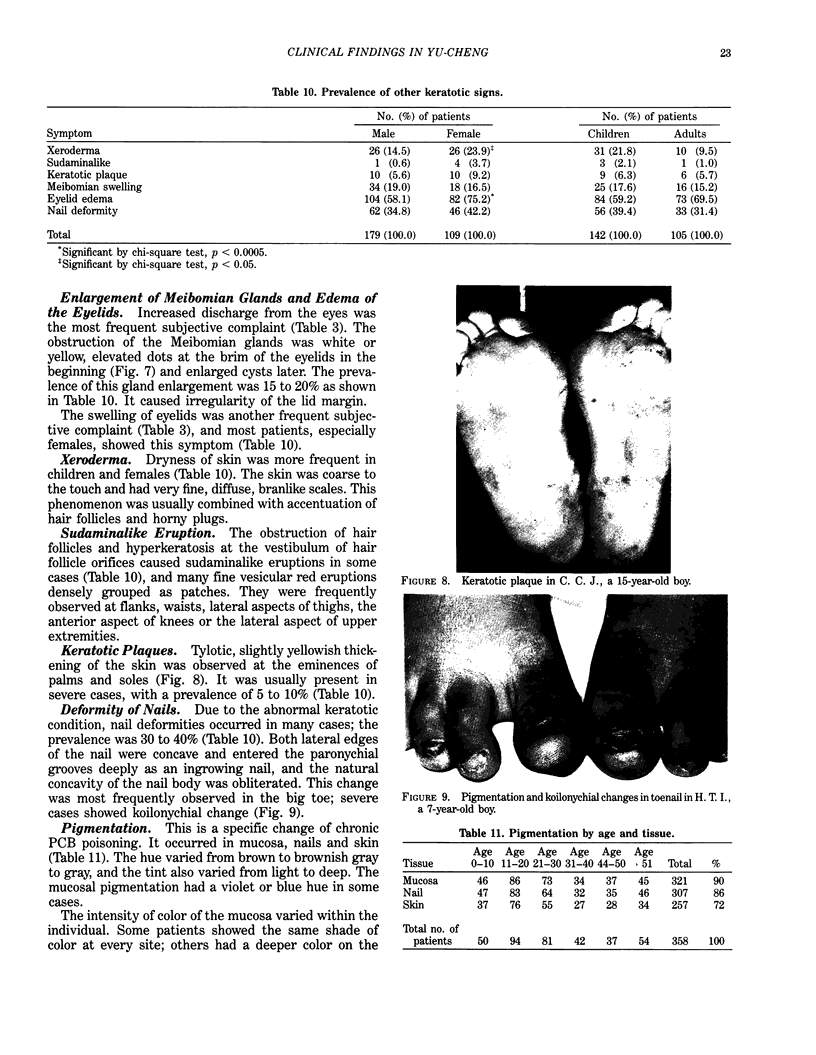
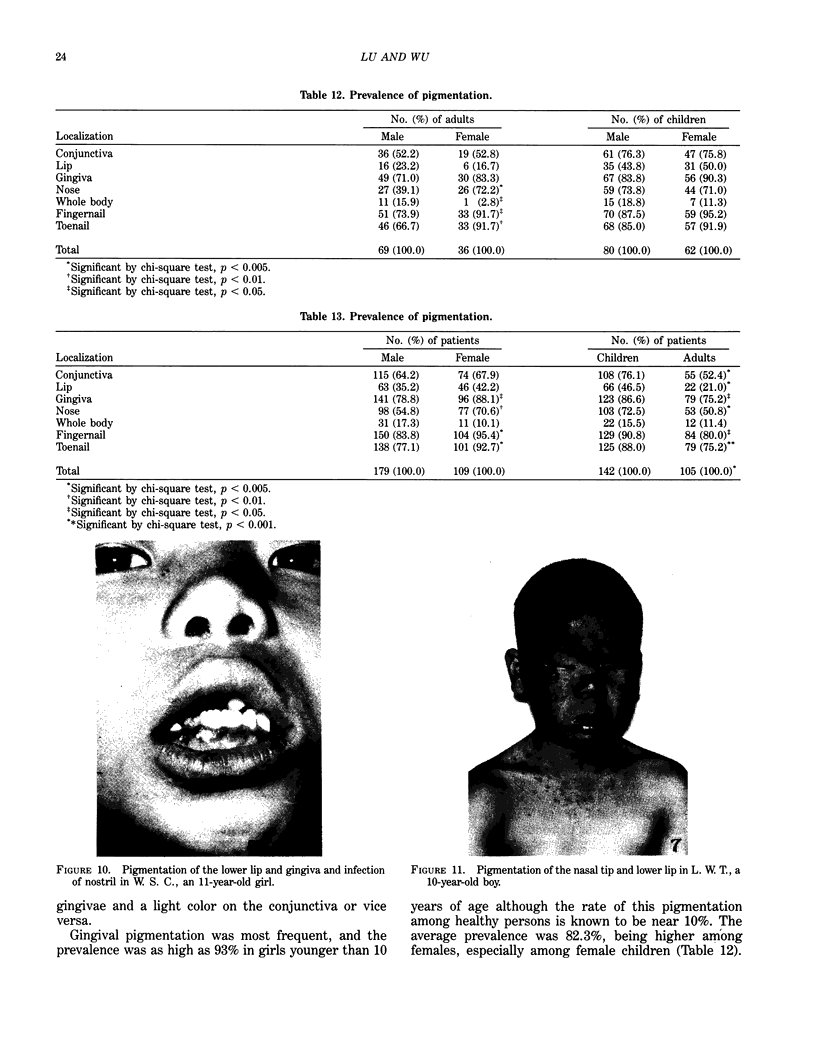
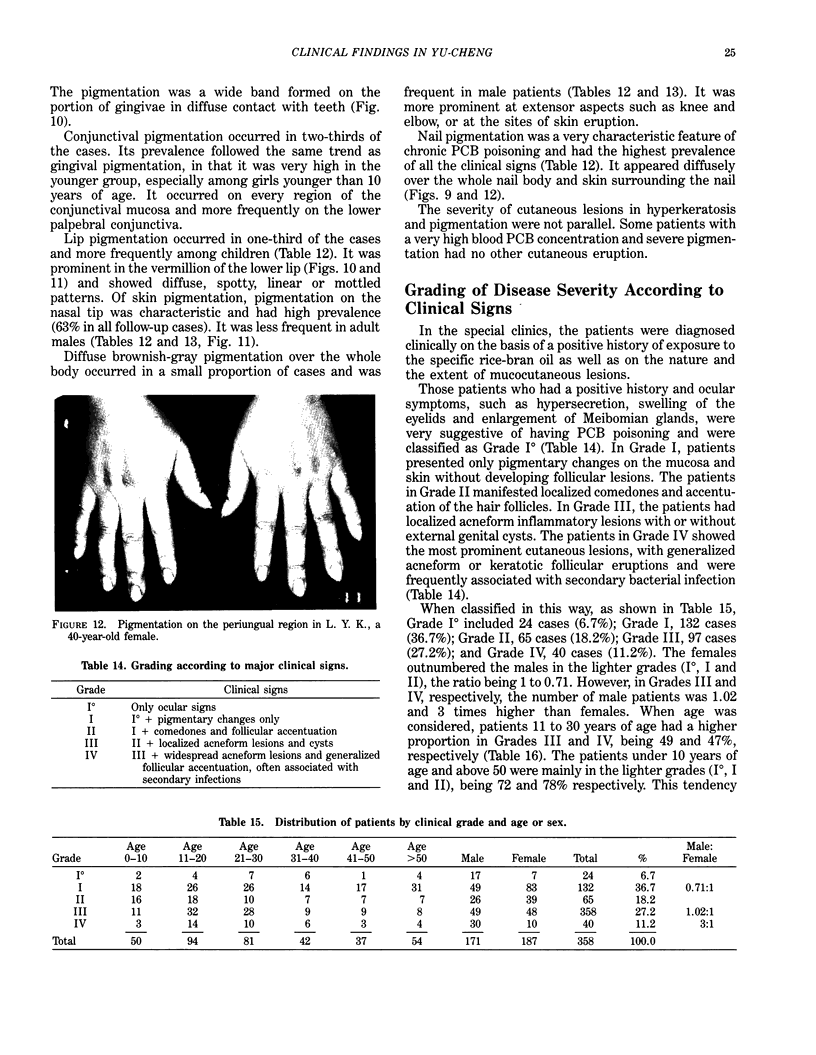
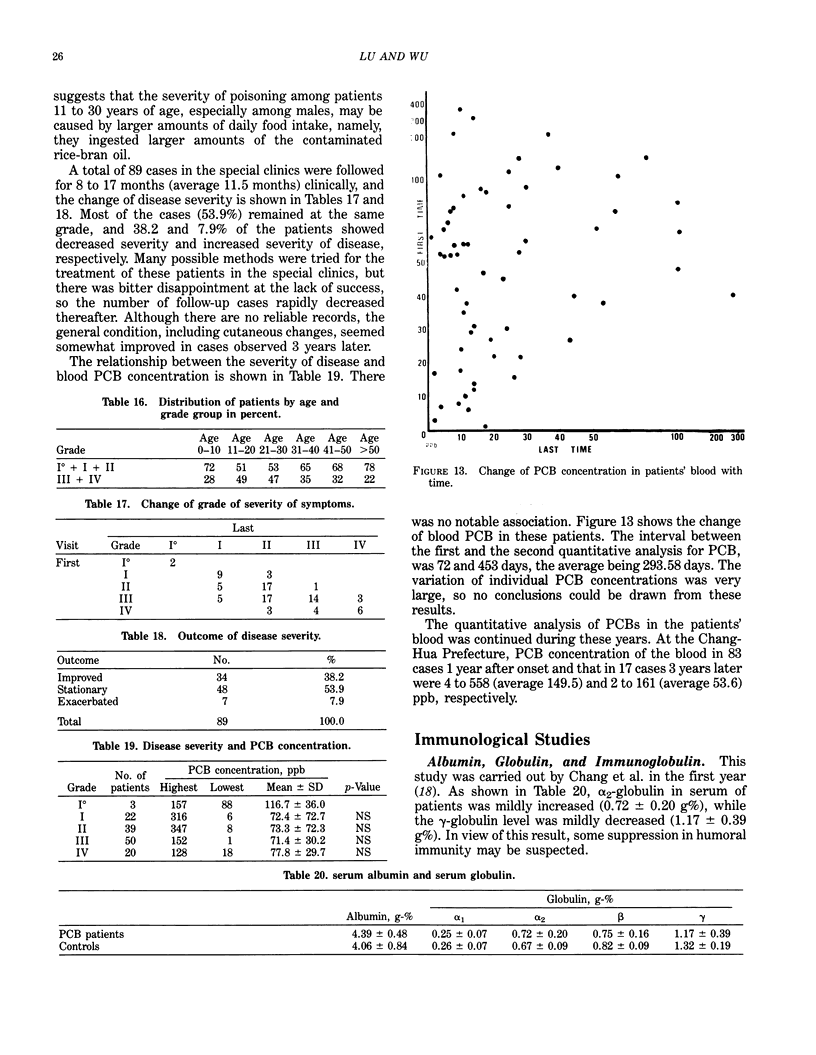

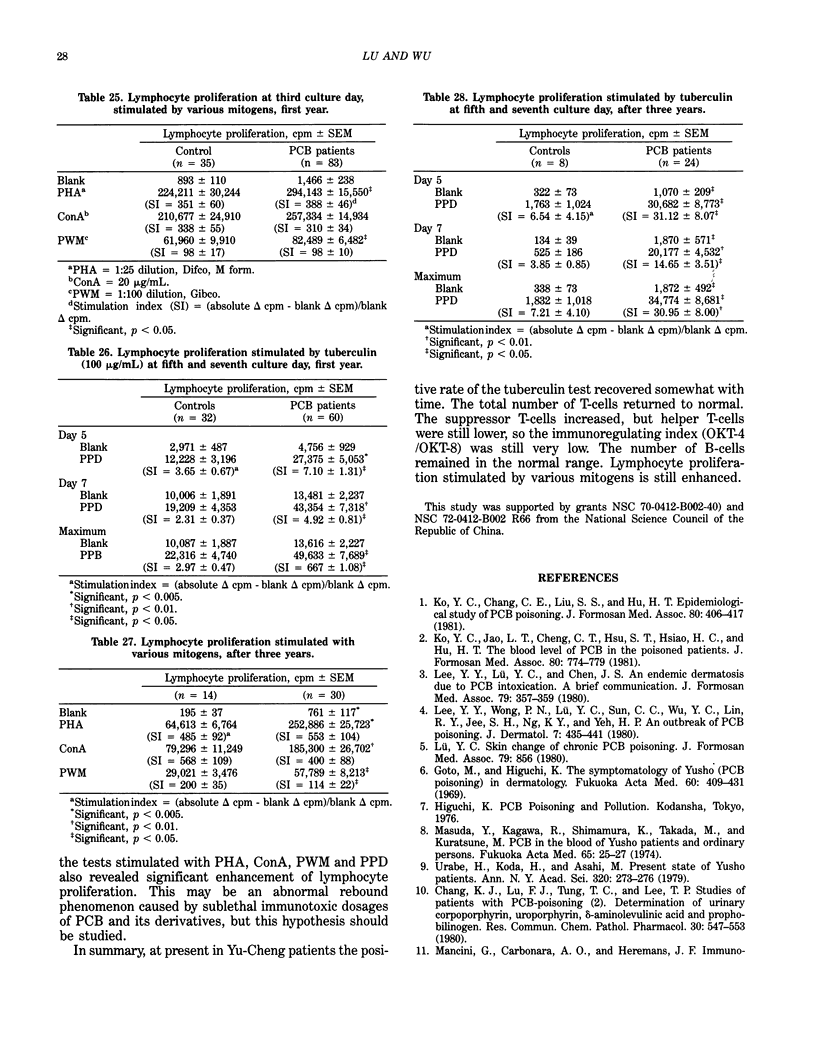
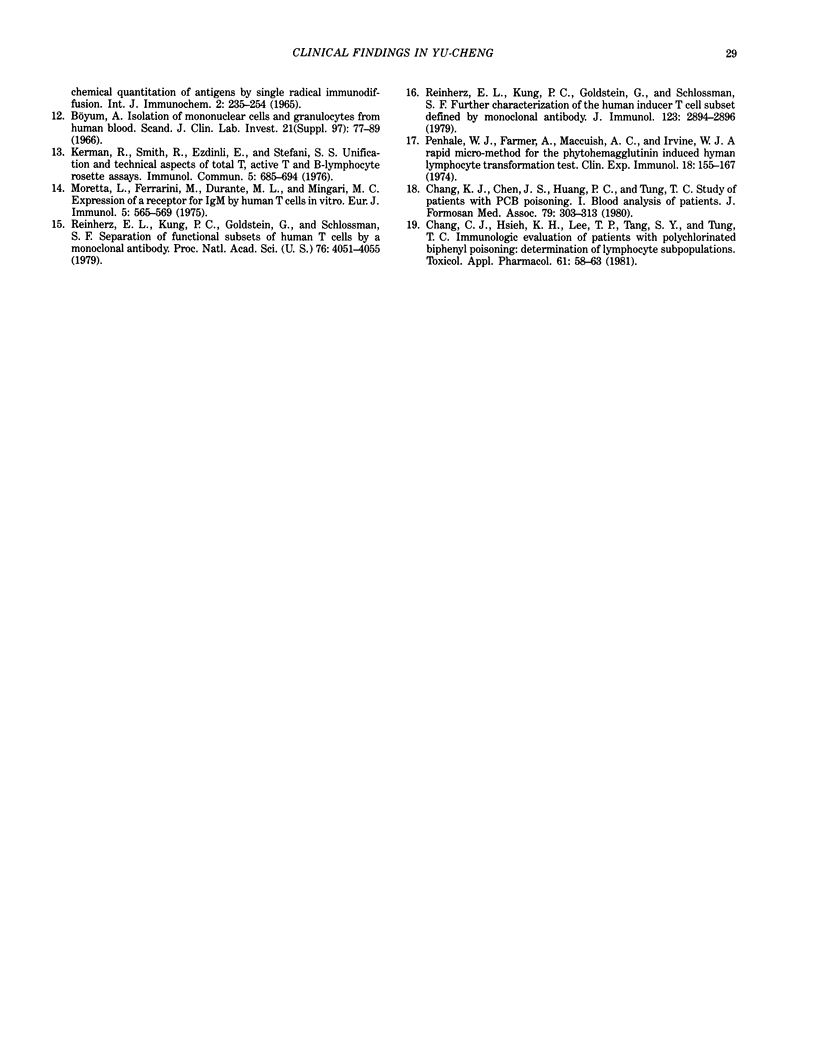
Images in this article
Selected References
These references are in PubMed. This may not be the complete list of references from this article.
- Böyum A. Isolation of mononuclear cells and granulocytes from human blood. Isolation of monuclear cells by one centrifugation, and of granulocytes by combining centrifugation and sedimentation at 1 g. Scand J Clin Lab Invest Suppl. 1968;97:77–89. [PubMed] [Google Scholar]
- Chang K. J., Hsieh K. H., Lee T. P., Tang S. Y., Tung T. C. Immunologic evaluation of patients with polychlorinated biphenyl poisoning: determination of lymphocyte subpopulations. Toxicol Appl Pharmacol. 1981 Oct;61(1):58–63. doi: 10.1016/0041-008x(81)90007-7. [DOI] [PubMed] [Google Scholar]
- Chang K. J., Lu F. J., Tung T. C., Lee T. P. Studies on patients with polychlorinated biphenyl poisoning. 2. Determination of urinary coproporphyrin, uroporphyrin, delta-aminolevulinic acid and porphobilinogen. Res Commun Chem Pathol Pharmacol. 1980 Dec;30(3):547–554. [PubMed] [Google Scholar]
- Kerman R., Smith R., Ezdinli E., Stefani S. Unification and technical aspects of total t, active t and b lymphocyte rosette assays. Immunol Commun. 1976;5(7-8):685–694. doi: 10.3109/08820137609033876. [DOI] [PubMed] [Google Scholar]
- Ko Y. C., Chang C. E., Liu S. S., Hu H. T. [Epidemiological study of PCB poisoning (author's transl)]. Taiwan Yi Xue Hui Za Zhi. 1981 Apr;80(4):406–417. [PubMed] [Google Scholar]
- Ko Y. C., Jao L. T., Cheng C. T., Hsu S. T., Hsiao H. C., Hu H. T. [The blood level of PCB in the poisoned patients (author's transl)]. Taiwan Yi Xue Hui Za Zhi. 1981 Aug;80(8):774–779. [PubMed] [Google Scholar]
- Lee Y. Y., Wong P. N., Lu Y. C., Sun C. C., Wu Y. C., Lin R. Y., Jee S. H., Ng K. Y., Yeh H. P. An outbreak of PCB poisoning. J Dermatol. 1980 Dec;7(6):435–441. doi: 10.1111/j.1346-8138.1980.tb01998.x. [DOI] [PubMed] [Google Scholar]
- Moretta L., Ferrarini M., Durante M. L., Mingari M. C. Expression of a receptor for IgM by human T cells in vitro. Eur J Immunol. 1975 Aug;5(8):565–569. doi: 10.1002/eji.1830050812. [DOI] [PubMed] [Google Scholar]
- Penhale W. J., Farmer A., Maccuish A. C., Irvine W. J. A rapid micro-method for the phytohaemagglutinin-induced human lymphocyte transformation test. Clin Exp Immunol. 1974 Sep;18(1):155–167. [PMC free article] [PubMed] [Google Scholar]
- Reinherz E. L., Kung P. C., Goldstein G., Schlossman S. F. Further characterization of the human inducer T cell subset defined by monoclonal antibody. J Immunol. 1979 Dec;123(6):2894–2896. [PubMed] [Google Scholar]
- Urabe H., Koda H., Asahi M. Present state of yusho patients. Ann N Y Acad Sci. 1979 May 31;320:273–276. doi: 10.1111/j.1749-6632.1979.tb56609.x. [DOI] [PubMed] [Google Scholar]



